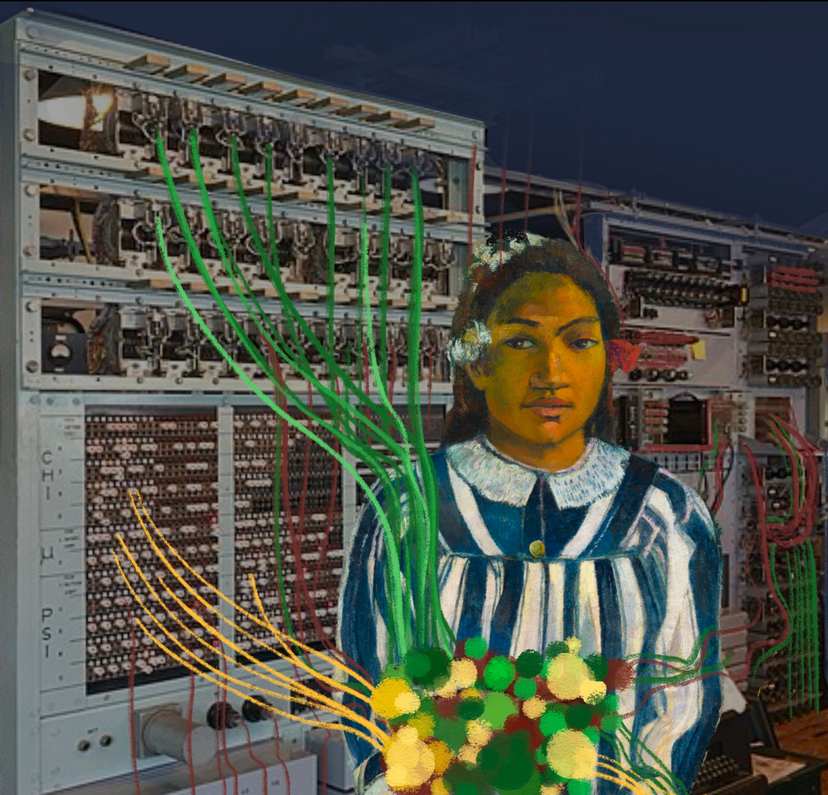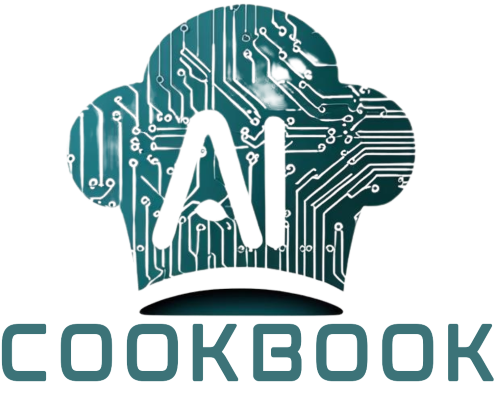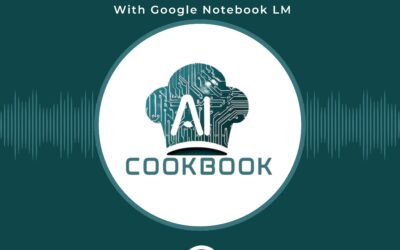As part of the research for the AI Cookbook project, partners undertook a series of interviews with educators and learners across partner countries to better understand the lived experience of educators working with migrant learners and of the learners themselves. We asked about the challenges and explored their use and perceptions of AI. Here we summarise the key findings;
Current Challenges:
A significant challenge is upskilling and preparing teachers to effectively use AI, as many lack experience, professional development, or find the technology difficult to navigate. This requires structured training and support, with strong leadership responsibility. Additionally, classrooms often feature diverse language proficiencies and educational backgrounds, making differentiation a persistent hurdle. Learners themselves face numerous obstacles, including trauma, cultural adjustment, limited study time due to work or family responsibilities, and inconsistent digital access. This digital divide is particularly concerning, as some students lack computers or stable internet connections, making equal access—ideally through device provision—a critical need.
Another major issue is the lack of tailored materials or robust AI language models designed specifically for migrant learners’ diverse linguistic backgrounds. Even widely spoken languages may be underrepresented in AI training data, and tools often struggle with dialects, complex grammar, or nuanced cultural understanding. Bias in AI outputs further complicates matters, as systems tend to reflect the perspectives of dominant content creators, potentially reinforcing stereotypes or limiting the portrayal of non-Western individuals.
Academic integrity is also a growing concern, as distinguishing between student-generated and AI-assisted work poses challenges for fair grading. Moreover, Educators are concerned that AI outputs can be inaccurate or prone to “hallucinations,” particularly with critical logistical or legal information, necessitating careful verification. Compounding these issues is a general lack of understanding and a “poor culture” around AI use, leading to fear, overconfidence, or naive trust—highlighting the need for demystification and shared terminology. Financial barriers also arise, as many useful AI tools require payment, limiting accessibility for students. Finally, the absence of clear guidelines and shared definitions on acceptable AI use has led to disagreements among educators, further complicating integration efforts.
Perceived Benefits:
AI could improve learner motivation by delivering materials that resonate with students’ personal lives, linguistic backgrounds, careers, or fields of interest. It also enables educators to create differentiated and individualized resources tailored to each learner’s proficiency level, background, interests, and needs—a particularly valuable asset in diverse classrooms where students’ abilities and experiences vary widely. Beyond supporting learners, AI could automate some administrative tasks and assist with content generation, freeing up educators to focus on building meaningful relationships with their students. This includes compiling timelines, sourcing examples, summarizing essays, generating and differentiating assignments, crafting dialogues, and designing lesson plans.
Additionally, AI provides targeted language support through tools such as instant pronunciation and grammar feedback, vocabulary aids, and opportunities for personalized practice outside the classroom. Innovations like voice cloning can further enhance accessibility, particularly for students who struggle with written feedback. For those preparing for the workforce, AI offers “job-market shortcuts,” such as simulators for sector-specific language training or tools like accent normalization. In assessment, AI can serve as a “sparring partner,” generating summaries or alternative perspectives to inform teachers’ professional judgment.
AI-powered chatbots can also foster more inclusive discussions, encouraging participation and critical thinking—especially among hesitant students who may be reluctant to engage in traditional classroom settings. By leveraging these tools, learners can gain greater autonomy, accessing knowledge more easily and even participating in high-level academic or professional discussions if they know how to use AI effectively. Finally, AI acts as a creative assistant, challenging both teachers and students to explore new ways of thinking, problem-solving, and expressing ideas.
From a creative perspective, AI-powered editing tools can assist with story-telling projects, editing video, adding captions, transcription, and even creating avatars to voice content. This can support both educators in creating teaching and learning content and also learners in sharing stories and ideas.
Practical Recommendations for Integration:
To successfully integrate AI into education, schools should begin by prioritizing comprehensive teacher training and support. This includes structured professional development on effectively using AI tools, understanding their limitations, evaluating their suitability for different tasks, crafting effective prompts, and seamlessly incorporating them into lesson planning. Leadership must actively champion this transition, fostering a culture of collaboration where educators can engage in professional dialogue to share insights and strategies.
It’s essential to frame AI as a support tool rather than a replacement for teachers. While AI can enhance efficiency, the human educator remains irreplaceable in shaping the overall learning experience—sensing classroom dynamics, addressing emotional needs, and applying nuanced judgment and critical thinking. One of AI’s most useful applications is enabling differentiation and personalization; educators can use it to adapt materials to individual learner levels and needs while maintaining consistency in core subject matter.
AI’s capacity for content generation—such as creating lesson plans, assignments, and materials—can save teachers significant time, allowing them to focus on direct student engagement. For language learning, AI offers targeted support through tools like pronunciation and grammar feedback, conversational practice, and industry-specific language adaptation. However, equitable access is critical: institutions should address digital divides by providing devices where possible, offering basic digital literacy training, and exploring offline or low-tech solutions like QR codes or WhatsApp to ensure inclusivity.
Content created or mediated by AI must prioritize relevance and cultural sensitivity, aligning with learners’ lived experiences, vocational goals, and migration contexts. Educators should actively counter biases by ensuring AI reflects diverse, non-Western perspectives and adapting materials to local cultural frameworks. Simultaneously, fostering critical thinking is paramount—both teachers and students should verify AI outputs, question their reliability, and supplement information with independent research, particularly for culturally nuanced topics.
Privacy and ethical considerations cannot be overlooked. Schools should prioritize platforms with robust data protections, transparency, and GDPR compliance, especially when handling sensitive learner data. Clear, simplified explanations about how data is used should accompany any AI tool. Pedagogically, AI can be strategically aligned with methods like flipped classrooms or chatbot-facilitated discussions, and innovations like voice cloning can make feedback more accessible.
Assessment challenges, such as distinguishing student work from AI-generated content, necessitate clear guidelines on acceptable AI use in assignments. Creating an open environment where questions about AI are encouraged helps demystify the technology. Crucially, while AI offers many advantages, human interaction remains the cornerstone of effective learning—relationships and socioemotional support cannot be replicated by digital tools.
Finally, successful integration requires strong leadership to establish consistent frameworks, alongside pragmatic consideration of costs and tool availability. Many advanced AI tools are paywalled, and affordable, education-specific models for less widely spoken languages may still be lacking. Advocacy for accessible, tailored solutions should be part of long-term institutional planning.

Colossal Harvest
Hanna Barakat & Cambridge Diversity Fund / https://betterimagesofai.org / https://creativecommons.org/licenses/by/4.0/



0 Comments